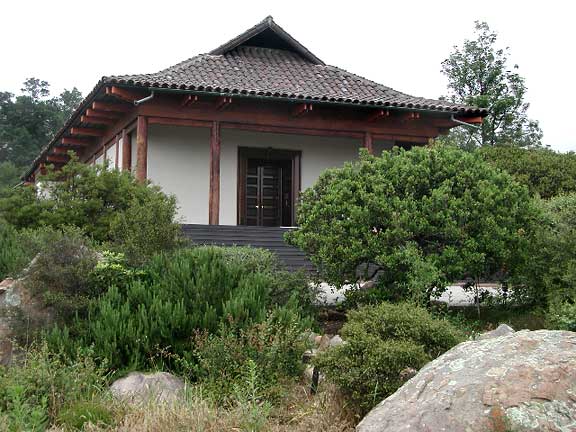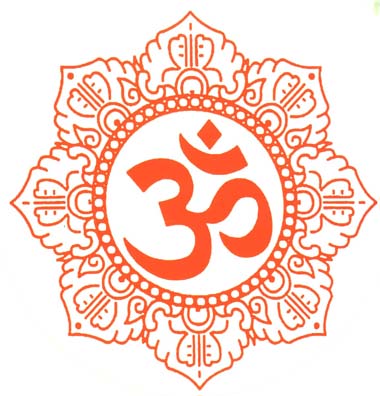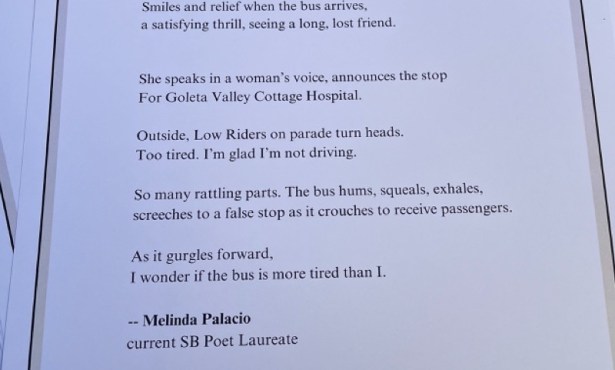Your Worship: Santa Barbara’s Vedanta Society Temple
A sacred space for those seeking quiet and reflection

Temple: Vedanta Society of Southern California, Santa Barbara Temple, 927 Ladera Lane
Service Attended: Tuesday Vespers, 6 p.m.
Convent Size: 7 nuns
Special Offerings: Daily vespers from 6 to 7 p.m.; convent grounds and temple open daily from 6:30 a.m. to 7 p.m.; onsite bookstore; Sunday lectures at 11 a.m.; karma yoga day last Saturday of each month for volunteers to help with convent projects
Contact: 969-2903, vedanta.org/vssc/centers/sb.html
Vedanta vespers services are known in Sanskrit as arati, meaning light, which implies a desire for illumination and freedom from maya, or spiritual ignorance. However, the hour-long service at Santa Barbara’s idyllic Vedanta Temple was marked above all by a sense of individualized worship, experience, and interpretation. Community members filtered in and out throughout the hour-long singing and meditation. Some sat cross-legged on the floor, while most settled into the chairs arranged before the altar. Some watched as one of the seven nuns in residence performed offerings, while others closed their eyes and simply listened to the other nuns’ chanting coming from the choir box above the seats. Although arati is a carefully orchestrated routine for the nun who performs it, community members who attend vespers are free to interpret the offerings as they please.
The Vedantic symbolism of the ceremony revolves around surrender and the return of the soul back to its source. While the arati performer continuously rings a bell with her left hand, which symbolizes the eternal and ubiquitous sound of Aum, she offers to the Lord fire, water, space (represented by a cloth), earth (represented by a flower), and air (represented by a fan)-the five elements that comprise our universe. With the elaborate hand-waving, fanning of holy pictures, and bell-ringing, the nun appears similar to a dancer performing before Ramakrishna, a photograph of whom is at the center of the altar. However, her movements and demeanor reflect not obsequiousness, but empowerment.

The altar is flanked by paintings of Jesus and Buddha, as Vedantists believe God has assumed many different human forms throughout the ages and that spiritual truth is not confined to any one religion or sect. Although Vedanta espouses Hindu philosophy without adopting Indian culture-thereby universalizing the practices-the Bengali and Sanskrit songs of worship filling the small temple instantly brought me back to Hindu temples I had visited in India.
The final 30 or so minutes of the service are consecrated to quiet reflection and meditation. The sounds of birds and the changing patterns of sunlight filtering through slats in the temple walls help ground the meditators in the present moment. No meditation instruction is offered, as Vedanta espouses individualized meditation practice as recommended by a guru. Furthermore, one need not be a Vedantist to enjoy quiet contemplation in the temple’s sacred atmosphere. “We have people of all different faiths who come to practice their own form of meditation,” explained that night’s arati performer. Above all, the space is open for solitary worship, reflection, or simply quiet.



